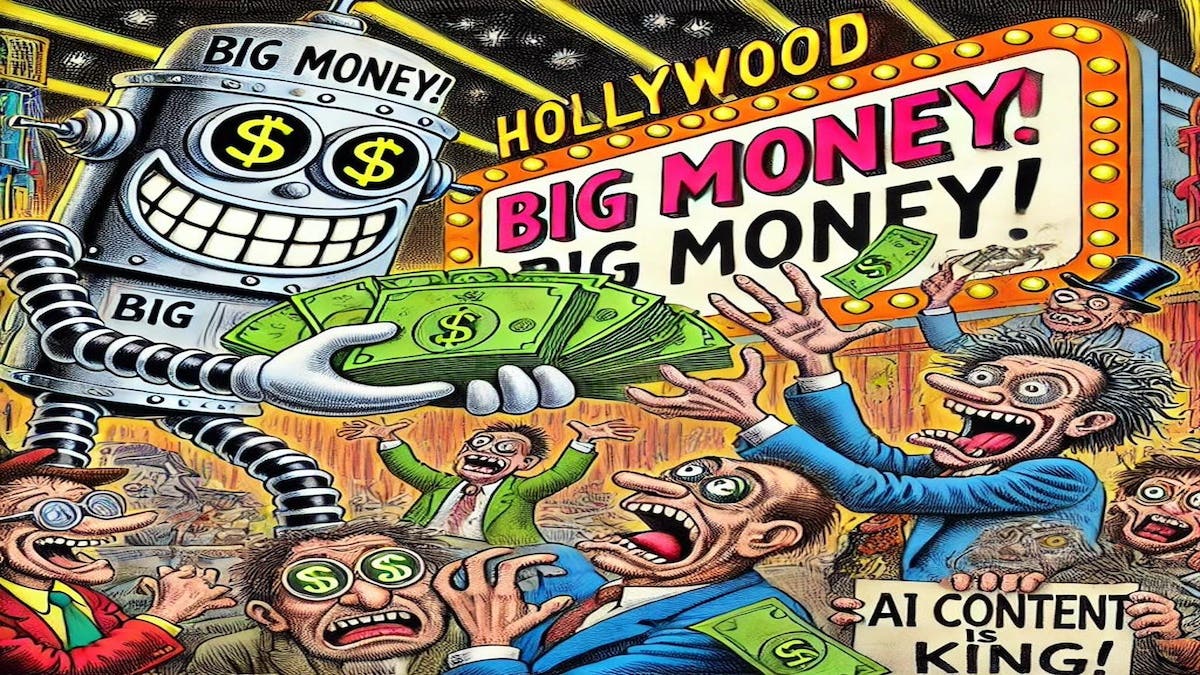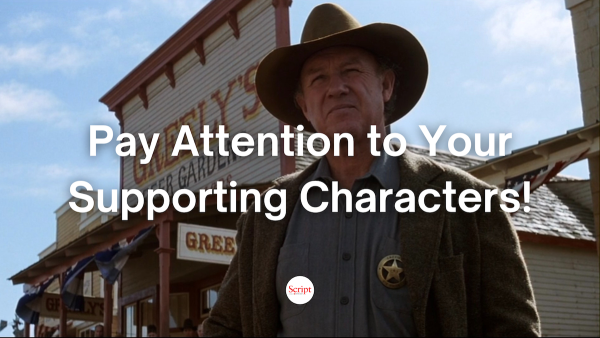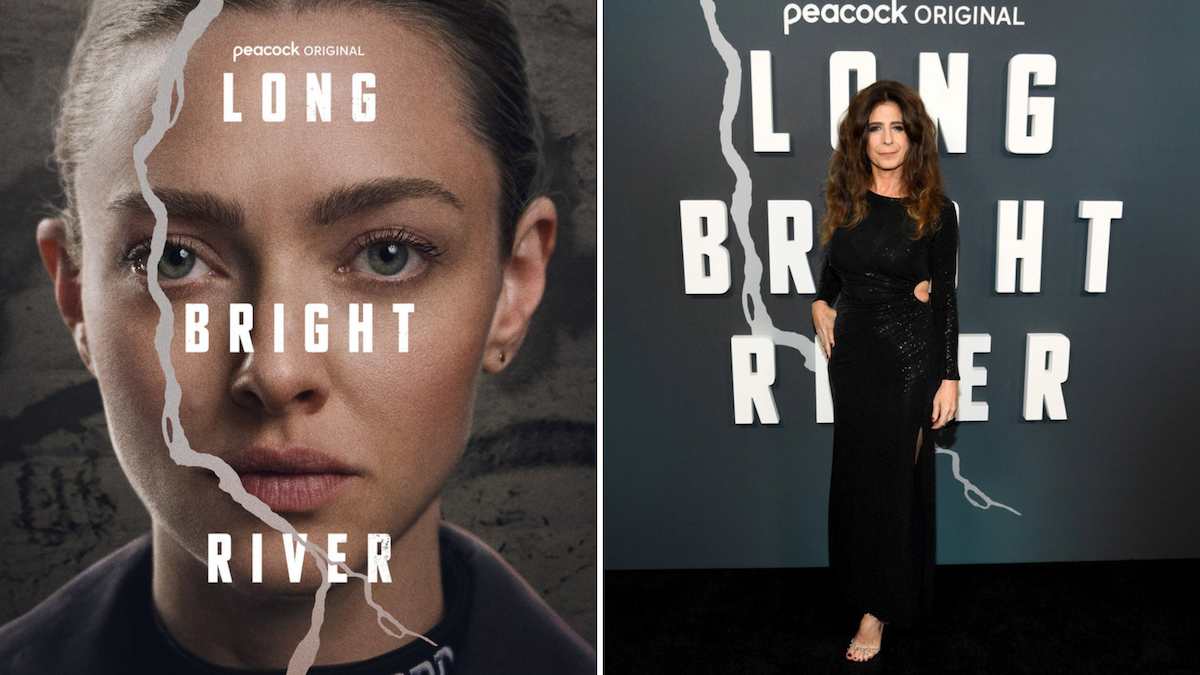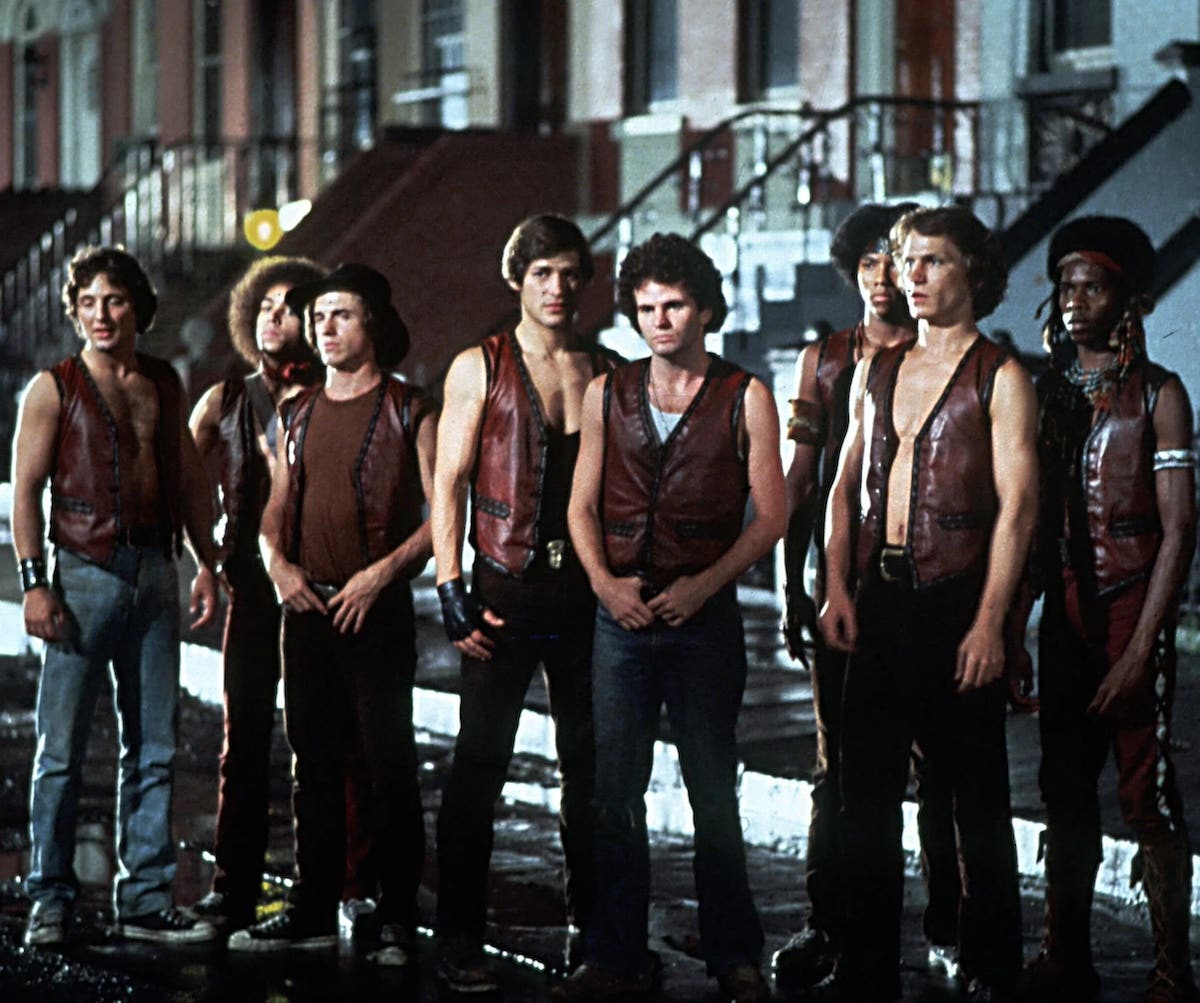Script Gods Must Die: Action Lines – The Key is POV
Click to tweet this article to your friends and followers! Action lines and Dialogue. Less the slugline and a transition or two, that is all there is to a screenplay….
Action lines and Dialogue. Less the slugline and a transition or two, that is all there is to a screenplay. While it might be argued that dialogue is far more important, the ability to write clean, crisp screen direction is essential. What is the best way to go about it? You hear talk of unfilmables—and how you should never, ever write them. Action is what the camera sees. Who is in the shot and what’s happening.Funny thing is, the pros break this rule all the time. The pro formula for action lines is more like: What the camera sees—with attitude. There are two parts to this, let’s examine them both:
What the camera sees … This is the easier part, one would think-- to write in a clean and basic style only what the audience sees. Sadly, there is nothing easy about it.
How much should you describe? If you read scripts at www.simplyscripts.com or www.script-o-rama.com you’ll note some of them have massive action detail, while others are spare. How the hell do you know what’s best for you? Start by making the script a good read.
What’s that mean? It means you want the reader to read it relentlessly. You want the reader to read it fast, to be a page turner; a teaser, a heartbreaker, or a laugh a minute. It means—for screen direction—you want the script to read vertically, to give white space, to not have more than five lines in any paragraph. You want to pick strong, active verbs; ditch all weak adverbs and adjectives (Walks slowly?) You want to avoid all unnecessary detail. You want to get in late, get out early. Accomplish what the scene needs to accomplish, and get out.
But will that be enough to make you stand out? Probably not. That’s the craftsmanship. You need to take it further. And here’s where the “with attitude” part enters, because with action lines, the key is POV.
You need to inject your personality, your voice, your POV, into action lines. How do you do that with the strict “show only what the camera sees” rule? The answer is: You don’t. You cheat with calculation.
Tell the story straight-forward where you can; give us poetry and POV when you have to. Do it when you want to blow the reader away, in critical moments and scenes. I don’t need devastating description when the protagonist walks into a Starbucks for a latte. I might need it, though, when the protagonist’s mother dies.
Not sure what I mean by POV? Let’s look at some examples. The first, from Backdraft:
INT. BURNING FACTORY – DOWNSTAIRS
It’s only the fire’s ghost here, lazy and slow.
Off the corridor are rooms full of commercial sewing machines. Brian enters one and drops to his knees.
Looks under a table, flashes his light behind a work stand. Nothing. He turns to backtrack his way out when A TONGUE OF FLAME suddenly LEAPS up through the floor in front of him, cutting off the door. Brian lands on his ass as it hisses and giggles and dances unreally in front of him.
I never forget a face, kid-- That fire from childhood. He could maybe force his way through but Jesus, the way it looks at him --
-- Brian ROLLS away from it. Looks for another doorway --And ends up in thick smoke. He drops to a crawl, stays on his belly where the air’s clear. When he sees it. Behind some furniture. Something flesh-colored. Shit. It’s a body.
Beautiful. We are put, literally, into the character’s mind. “I never forget a face, kid…” is the character talking to the fire in screen direction. This is exactly what you want for your script—action lines as extension of dialogue. “Something flesh-colored. Shit. It’s a body.” Right into Brian’s head.
The best example of POV I’ve ever seen comes from—can you believe it?—a Rom-com. My Best Friend’s Wedding. A stylistic tour-de-force that, from page 1, puts you into a scary place–right into Julia Roberts’ character’s head:
And she stares at it. Jesus, God, how long has he carried this around? She flips through further, all the rest have her in them. Maybe half a dozen. Her heart is throbbing. Her eyes are damp.
Back to the one on the boat. She slips it from the plastic window. Holds it. Then, gently...
Puts it back where it belongs. PUNCHES up the goddamn laptop. This is it, girl! Do or die.
JULIANNE: You wouldn’t change your password, would you? You never change anything.
Those words make her bite her lip. Damn, I’m becoming a sentimental slob. TYPES in...
JULIANNE: Shoeless... Joe.
Yes! We’re in! Punching keys. Letters flying across the screen. Okay, we’re ready. Types...
JULIANNE: (reads as she types) Mike. I hate this downsizing shit as much as you do. But I know this can’t become as a complete surprise...
Two levels at work here. Sure, we get the basics. What the camera sees—she’s forging a letter, praying she doesn’t get caught. But look at how we’re getting the information. Pure POV. The reader experiences every second—in screen direction—through her eyes.
This is writing no longer concerned about just craft. This is beyond craft. This is where the art in screenwriting is found.
Once you’re writing with POV, don’t forget to avoid the booby-traps. For instance, directing the script. From Nueromancer:
CAMERA BOOMS DOWN onto the spread eagled Case, surrounded by his enemies. He screams as the mycotoxin hits his nervous system like a runaway freight train. His dilated eyes flash open, staring into a hallucinatory hell.
BOOM DOWN continues straight through the glistening black hole of his pupil and on into a chilling inner void.
SMASH CUT TO:
EXT. CHIBA CITY, JAPAN – NIGHT
A crowded commercial ghetto in the Ginzu district of Japan; a garish strip of bars, liquor stores, and cosmetic surgery parlors. The ragtag crowd of hustlers and tourists wear rough trade street fashions with the added kink of punk influenced elective surgery...notched ears and lidless eyeballs...added strictly for shock value. The holographic adverts hanging like neon ghosts in the night sky remind us this is the future. A grim future indeed.
Hey, some great writing here. Look at that description of Chiba City. Problem is the BOOM DOWN stuff, the SMASH CUT TO, etc. For a spec screenplay, you’ll want to avoid these. And most definitely don’t write it like From Russia With Love:
FADE IN:
EXT. RENAISSANCE GARDENS – NIGHT – SERIES OF SHOTS
- WIDE MOVING SHOT: Bond, dressed in a tuxedo, walks across a bridge and down some steps as if stalking someone. He looks back.
- CLOSE SHOT: The feet of another man, wearing sweat-pants and soft shoes, walk forward.
- CLOSE SHOT: Bond turns forward again, looks around and continues walking.
- CLOSE SHOT: The other man’s feet walk quietly up some steps.
- WIDE MOVING SHOT: Bond runs down a tree-lined path toward a statue, hears a bird coo and looks back.
- WIDE SHOT: The other man is crossing the bridge. He is DONALD GRANT. He stops and looks in front of him.
- MEDIUM SHOT: Bond, holding a revolver, moves toward some trees.
Don’t direct the screenplay, that’s the director’s job. Do this, and it won’t matter how well you tell your story. They won’t seriously read past page 3, let alone the full script.
Another booby-trap is forgetting to tell the story in the cut. Look at this student example:
Edna kisses her husband, making sure he’s ok. When she realizes he doesn’t need any help she goes downstairs to put all the clothes in the laundry. A few minutes later the door bell rings. Edna runs upstairs to see who it is.
What needs work here?
- The camera can’t see “she realizes.”
- We follow her downstairs without a cut? Scorsese does this in Goodfellas (outside a club, through kitchen, to front of house table as Frankie Valli performs) or in Raging Bull (DeNiro emerges from training room, walks through crowd, into the ring). Epic filmmaking, but here? To do laundry? Gus Van Sant does it in Elephant for the sake of claustrophobia, for POV. If I need her in the laundry room for story purposes, fine, if not, cut it. Tell the story in the cut.
- “A few minutes later the door bell rings.” Are you saying we haven’t cut yet? What is the camera seeing for “a few minutes”? Sorry, I’m not paying $10+ to watch her dirty laundry spin.
Check your pages, make sure you don’t fall into these traps.
Here’s one more from Backdraft:
INT. ELEVATED TRAIN – MORNING
A pissed-off Chicago, hauling itself off to work in the morning snap, passes by Brian’s window. Tough Midwestern brick. Tough Midwesterners. Heads-down in their 150 year war with a wind committed to pushing the whole damn thing into Lake Michigan.
What a marvel this little paragraph is! Anyone living in Chicago–especially those of us who take the EL every day—can attest to the truth in that passage. If you were just following the KISS (keep it simple, stupid) approach, you would write something like: Brian rides a grimy subway car. There is nothing wrong with this. Describes what the camera sees. Problem is, anyone can write Brian rides a grimy subway car. Now look at the above example. Look how the writer puts you into the headof the protagonist. This is POV. It is advanced screenwriting. It’s what separates the pro from everyone else. Do you think the fact that you can’t see “their 150 year war with wind” is going to be penalized by the reader at that prodco/screenplay contest/agency? Hell no. Those eyes are starved for originality. The pro gives it to them with POV.
Thus, a definition of action: What the camera sees—with attitude.
- More articles by Paul Peditto
- From the Lens: Writing Action Lines
- Just Effin' Ask Julie Gray: Action Lines - Less is More
Get help writing a professional-looking screenplay with our webinar,
Beyond Screenwriting: How to Make Your Pages Look Like You're A Seasoned Screenwriter
PAUL PEDITTO is an award-winning screenwriter and director. His low-budget film Jane Doe starring Calista Flockhart won Best Feature at the New York Independent Film & Video Festival. He just finished production (Nov. ’24) on Dirty Little Secrets, a $350,000 dollar Indie feature shot in Chicago. Six of his screenplays have been optioned including Crossroaders to Haft Entertainment (Emma, Dead Poets Society). He recently wrote and produced the micro-budget feature Chat, currently distributed on TUBI, iTunes, YouTube, and Dish Network by Gravitas Ventures.
Over the past decade, Mr. Peditto has consulted with over 1,000 screenwriting students around the world. He has been a Featured Speaker at Chicago Screenwriters Network, Meetup.com, Second City, and Chicago Filmmakers. He has appeared on National Public Radio and WGN radio, and reviewed in the Chicago Tribune, Chicago Sun-Times, L.A. Times, and the New York Times.
Peditto is an adjunct professor of screenwriting at Columbia College. Under his guidance his students have written and produced films that have appeared in major film festivals, have semi-final placings at Nicholl Fellowship, and have won awards and screened at film festivals around the country. His new book, The DIY Filmmaker: Life Lessons for Surviving Outside Hollywood is available through Self-Counsel Press on Amazon. Follow Paul at www.scriptgodsmustdie.com and on Twitter @scriptgods.







